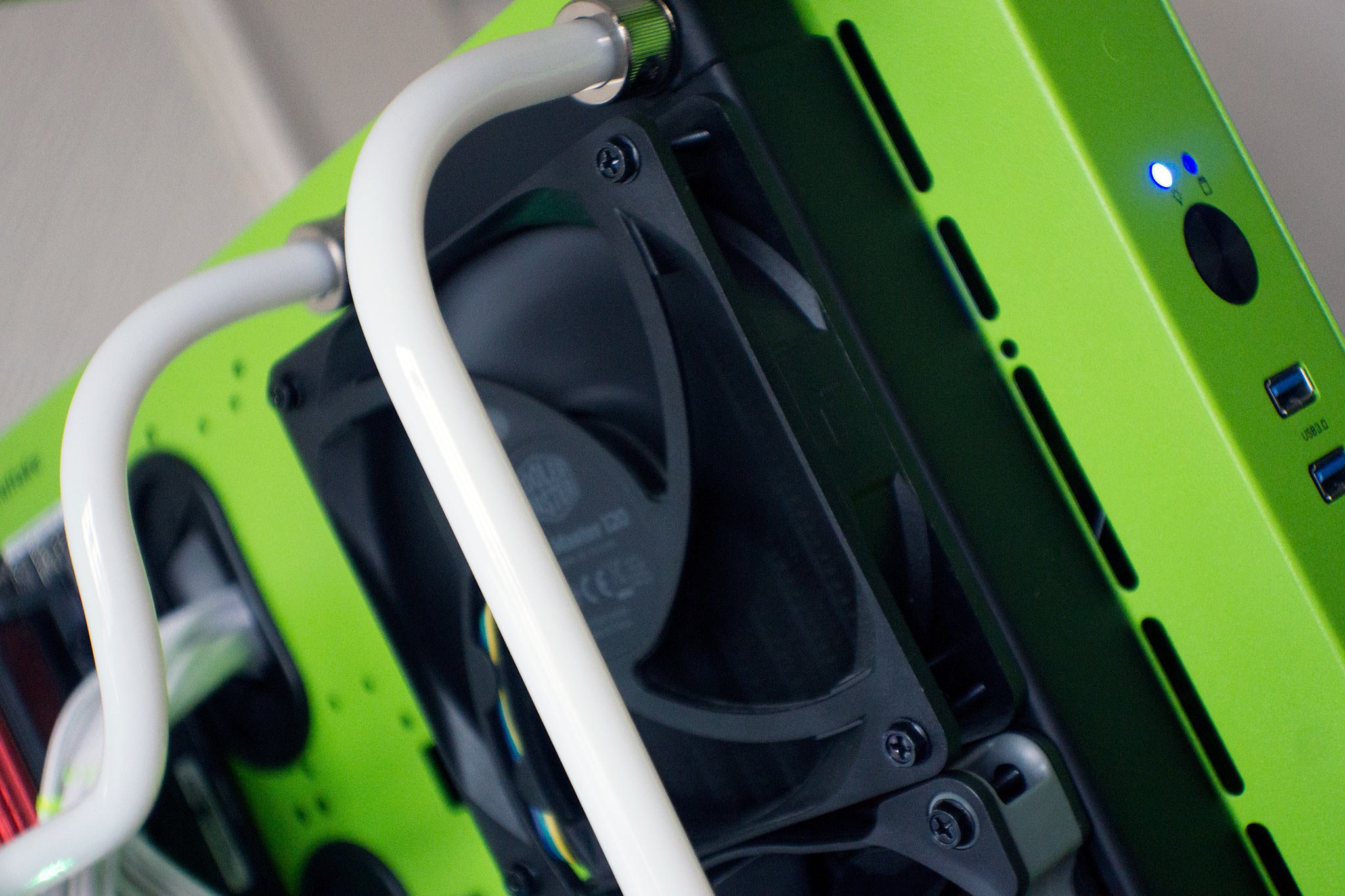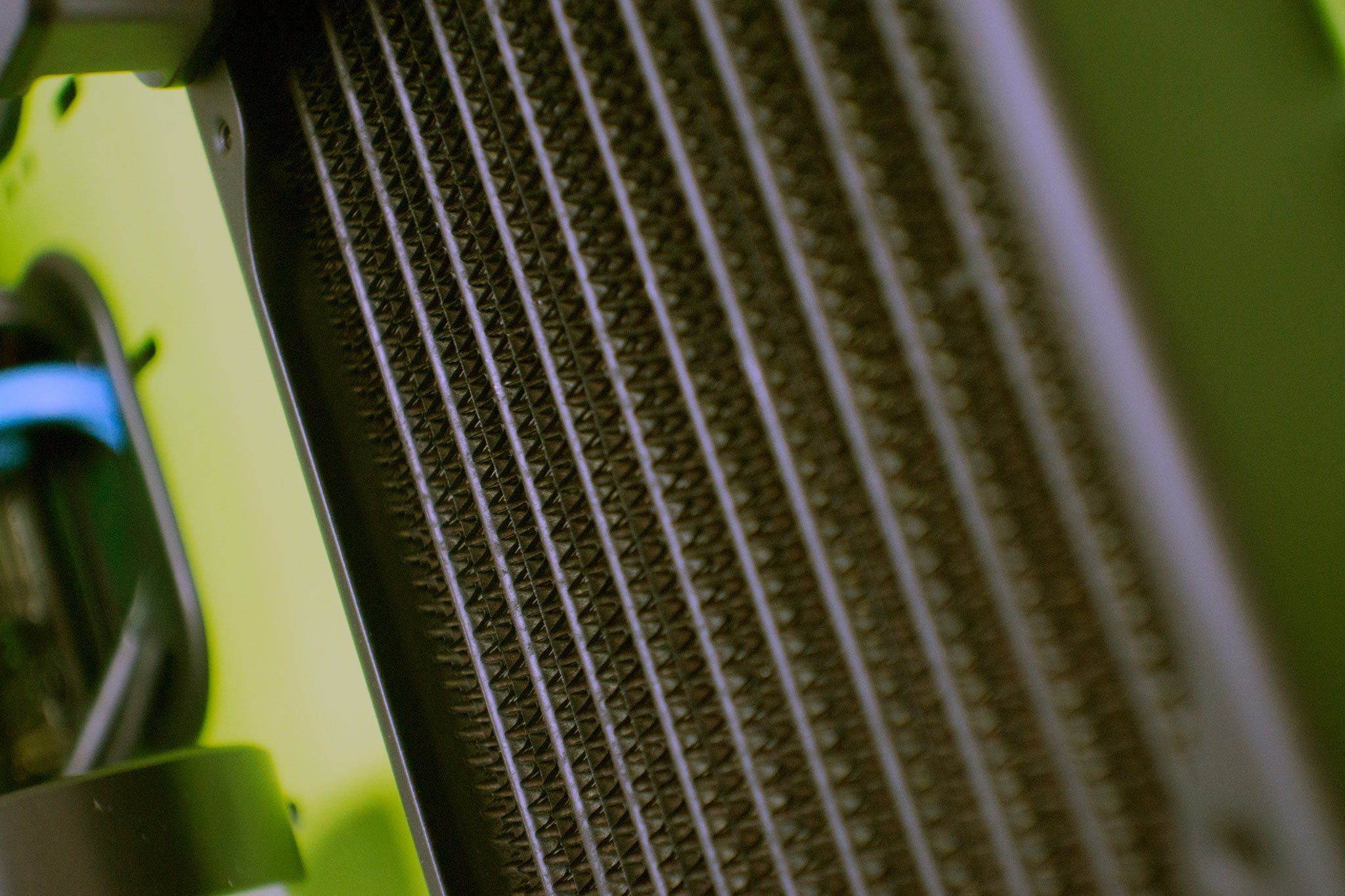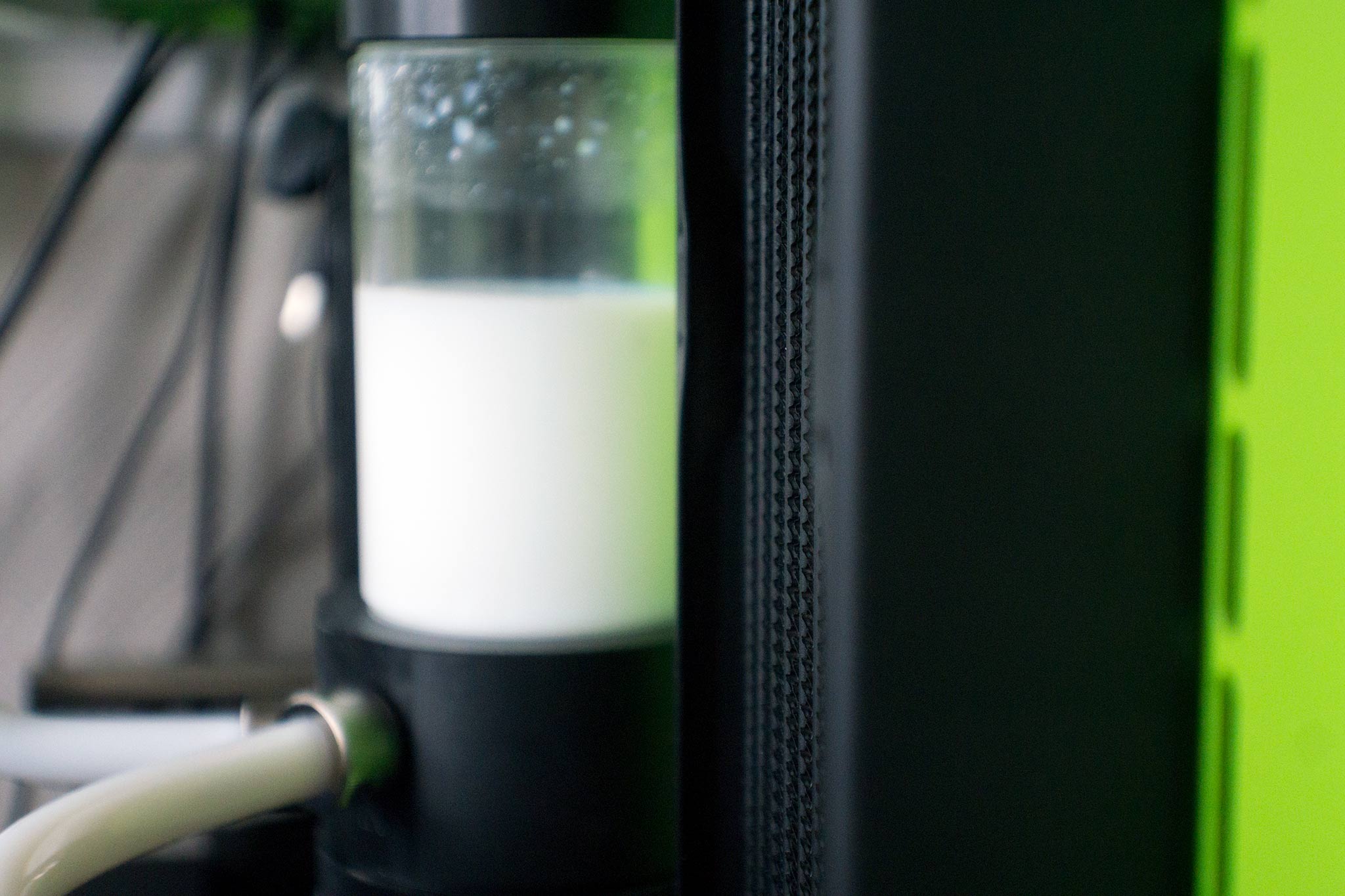How to pick the right radiator for your PC water-cooling solution
Here's everything you need to know when it comes to choosing the right radiator or radiators for your PC water-cooling solution.

First thing's first, what is a radiator? A radiator is a device that exchanges heat from a liquid source to the atmosphere. It's how central heating works, how your car attempts to stay within optimal operating temperature ranges, and how PC water-cooling works. A pump pushes a liquid solution around the loop for the radiator to dissipate heat and for attached fans to blow the heat away.
The only issue when it comes to picking a radiator is determining which one you really need. Available materials for radiators include brass-copper, aluminum, and full copper. The latter is the better option for helping to prevent corrosion, but the choice of metal will have very little impact on cooling performance. Factors that will determine which radiator you'll buy include size, FPI and thickness.
Radiator size matters
Contrary to popular belief, there are some areas where size really does matter, and radiators for your PC are one of them. Depending on your requirements, you'll need to choose between various sizes, which are determined by how many fans they can hold. For example, a 480mm radiator can hold four 120mm fans, while a 280mm radiator can have two 140mm fans attached.
You will need to check what fan mounts your case has and go from there. It's also worth considering how many components you'll be cooling in the water-cooling loop. Each component (CPU, GPU and chipsets) will require at least 120mm of a radiator or 240mm to be safe with overclocking. So if you're planning to cool just your CPU, you could get away with just a 240mm radiator and a single 120mm fan.
Should your case have two 360mm radiator mounts, it's absolutely worth taking advantage of available space and mounting a 360mm radiator to enjoy more surface area for heat dissipation. This is also why many all-in-one CPU closed loop water-cooling solutions come with a thick 120mm radiator and fan combo.
More fins than Jaws

Fins per inch (FPI) can be seen on radiator listings and is an important factor to consider when shopping around. The FPI number is essentially a measurement of how many heat dissipating fins there are per inch of surface. Now, before you immediately pick the one with the highest core FPI, it's worth noting that due to the increase in resistance, a higher FPI will produce more noise.
You should go for a higher FPI if you can't fit a larger radiator in your case, but go lower if you're picking up anything more than a 360mm radiator. Good static pressure fans will be required for radiators with higher FPI to more efficiently push air through.
Get the Windows Central Newsletter
All the latest news, reviews, and guides for Windows and Xbox diehards.
Go thick or go home

If the choice of size, FPI and material aren't confusing enough, you also have the option of thicker or thinner variants. Thicker radiators are great for those who are unable to install longer units. Interestingly, a thinner but longer radiator will offer more surface area for more efficient cooling compared to a shorter but thicker radiator. This will offer increased performance.
More streamlined radiators are great for applications in which space is a premium, or when the unit needs to be installed next to the motherboard. If you have ample space, it's possible to go with thinner radiators and utilize all available mounts.
Choosing the right one
Selecting the perfect radiator (or radiators) for your case is a personal endeavour, and there's no real right or wrong answer. Taking in the above details, you should be able to pick up a radiator and check temperatures after completing the water-cooling loop.

Rich Edmonds was formerly a Senior Editor of PC hardware at Windows Central, covering everything related to PC components and NAS. He's been involved in technology for more than a decade and knows a thing or two about the magic inside a PC chassis. You can follow him on Twitter at @RichEdmonds.
